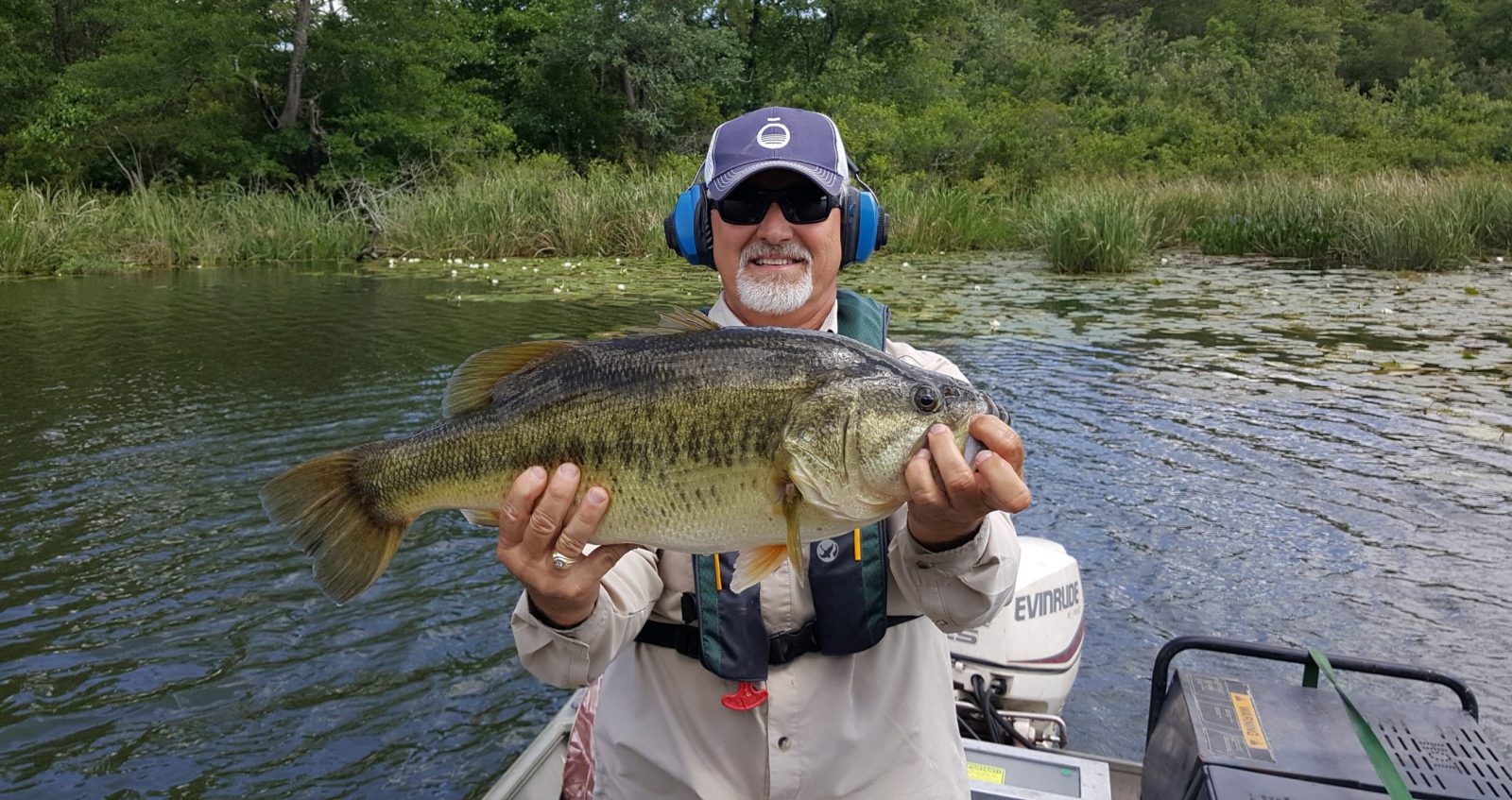
Making Assumptions in Pond Management
When picturing a perfect day on the water, do you envision the warm sun on your face with a gentle breeze in the air and the relaxing sound of small waves rolling against the shoreline? Or is it the sound of children laughing as they play with a bullfrog being held captive by their curiosity? Maybe it’s the anticipation of the next trophy fish you will catch as you pursue another lasting memory on the water. Regardless, lake and pond owners don’t need to look far to find motivation.
Unfortunately for many property owners, the achievement of goals is not easy, and the path can become plagued with struggles that negatively impact the desired outcome. This is because each aquatic resource is a complex system that experiences continuous physical and chemical changes. As a result, each waterbody is at a unique place in time relative to its own historical experiences. Due to this, people run the risk of making assumptions and drawing conclusions from their past experiences, rather than gathering the facts required to make the right decisions.
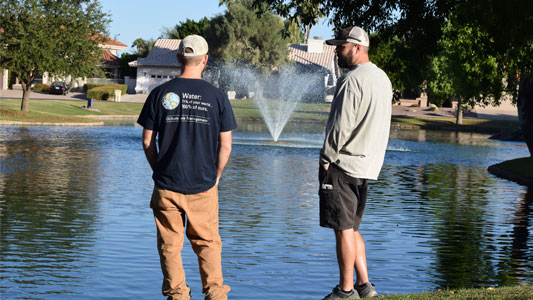
To successfully manage lakes, ponds and fisheries, you must first understand why a problem exists prior to implementing an effective freshwater solution. Oftentimes, people are simply unaware of the likelihood of failure that they face based on the assumptions they’ve made. They can become fixed on the outcome they expect without gathering the information necessary to achieve their goals. As a Fisheries Biologist, I help property owners recognize their assumptions and encourage them to learn from some of the common mistakes below.
Managing a Fishery
One of the most challenging assumptions to overcome is the mindset that once a fishery starts producing quality fish, it will continue to do so. When meeting with lake and pond owners for the first time to help resolve an issue they are facing, it is common for them to share stories about the fish they catch, or fish they caught in recent years. During some of these discussions, it is evident that some owners are living in optimism and lack a full understanding of their fishery. They are generally unaware that the fish they are talking about have reached old age, or possibly died several years ago.
In my experience, these types of false assumptions stem from a combination of false optimism and a misunderstanding of what it takes to grow quality fish. Fisheries are continually changing and, as a result, the needs of fish will vary from year to year. Several important data sets can be used to help reach your goals. The most wildly accepted data includes assessing size structure using length frequency analysis and Proportional Size Distribution (PSD), in addition to analyzing relative weights (Wr). Other key information includes angler catch data, angler harvest data and stocking data. I find it best to recognize fish by year-class and have set goals for each age group. Providing the various size-classes of fish with what they need to succeed is important when it comes to maintaining a sustainable fishery. Some of the needed data can be collected for free if anglers are willing to be diligent with record keeping, but other data requires a fisheries biologist and an electrofishing boat. It is common for people to try and find success by only utilizing angler data or by only using electrofishing data, but if looking to maintain the best odds of success, it is important to have both.
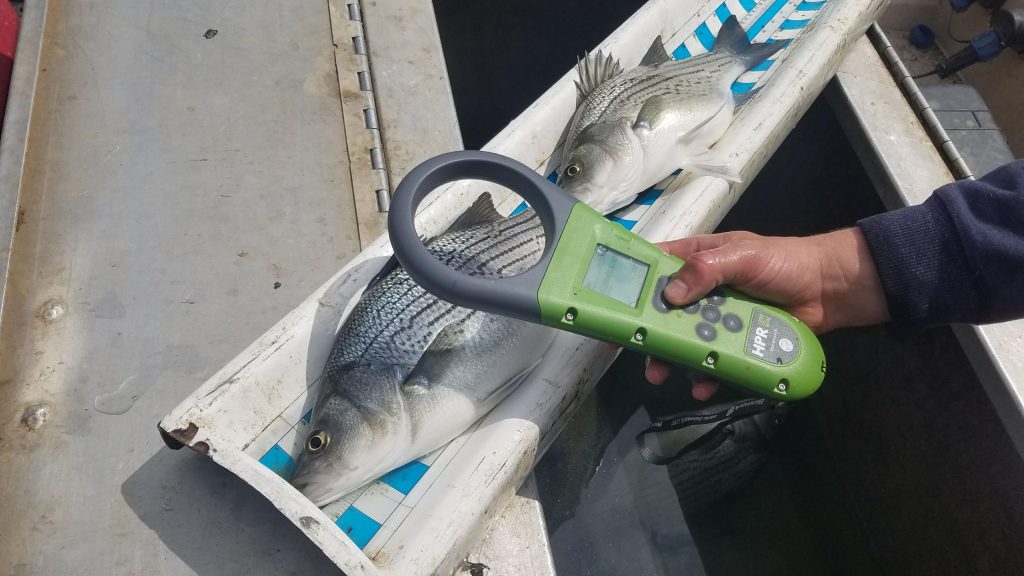
The primary advantage that angler catch data provides is the annual catch-per-unit-effort (CPUE) for targeted species. Knowing how many fish people catch on average per hour throughout the year plays a key role in making decisions, while also reducing the chances of opinions or emotions skewing what occurred over the course of the year, as well as past years. Angler CPUE is most valuable when using the data in conjunction with stocking and harvesting strategies because it allows you to accurately manipulate growth rates and catch rates of desired species. Electrofishing, on the other hand, provides the unique advantage of surveying both prey and predator species. Understanding how the forage base is doing year after year relative to the predator fish is a critical insight that can play a lead role in determining the fate of a fisheries success.
Pond Construction
In addition to making assumptions about fisheries, many property owners make assumptions when building ponds. It seems that nearly everyone who is having a pond built assumes that it will hold water when the dam is complete. Before construction even begins, most people think far ahead about the fish they will catch or how much fun their family will have hanging out on the dock—while glossing over the reality that the pond must first hold water. This assumption typically affects pond owners who are doing the work themselves or that have hired someone who has the dirt moving equipment, but lacks enough experience constructing ponds.
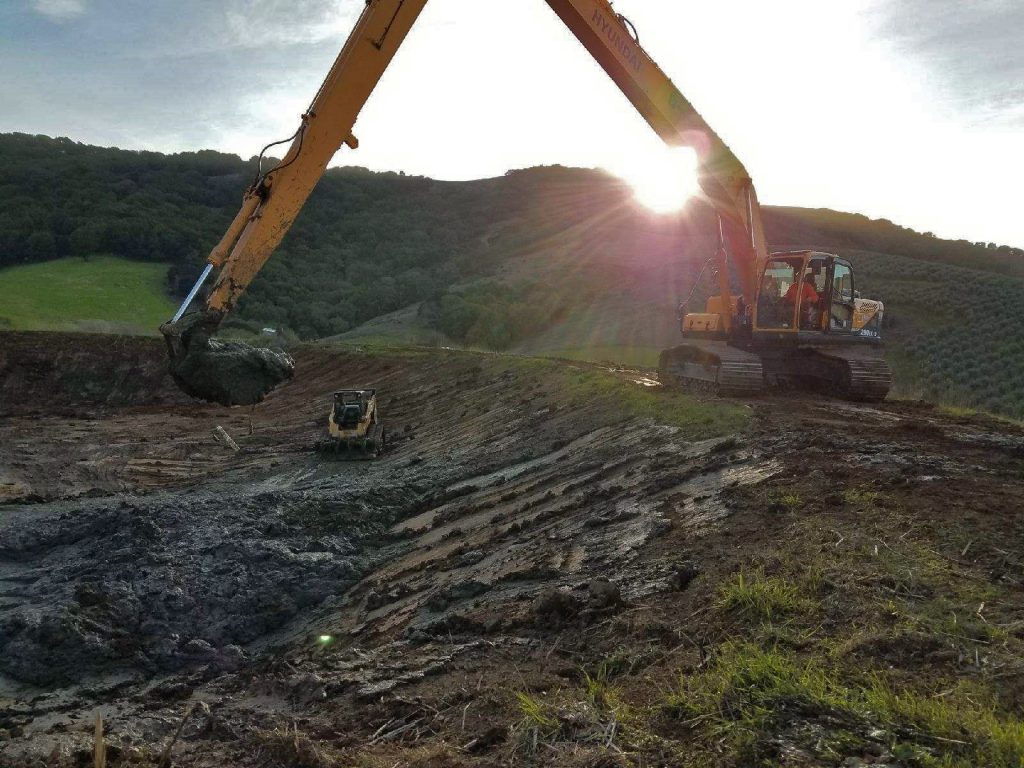
Constructing ponds can become complicated and even the best of pond builders run into challenges that threaten the success of projects. Easier issues to avoid include ensuring the pond is not oversized relative to the watershed, and avoiding poor soil compaction, or not coring the dam properly. More complicated issues relate to reading the different soil types and understanding how water moves underground. The person or company building the pond must practice due diligence to gather all of the appropriate data before getting started. When in doubt, look at neighboring ponds to better understand how well they hold water throughout the year. Building ponds is a process of planning and reducing assumptions and requires a “measure twice, cut once” mentality. Researching all the ways you could fail and identifying the information you need to collect is a time-consuming process. For those who can afford it, hiring an experienced pond builder is oftentimes money well spent.
Aquatic Vegetation
Solving aquatic vegetation and algae issues is another area where lake and pond owners tend to make broad assumptions. To effectively manage vegetation and algae growth, it is important to gather the necessary data and implement a compatible long-term solution. Vegetation and algae are symptoms of variables such as water depth, substrate type and pond nutrients. The unique characteristics of a waterbody have a large effect on what will grow and how easy the growth can be managed. It is normal to think that killing undesired vegetation and algae will solve the problem, but oftentimes the problem is replaced with a different one. This is especially true in systems that are either shallow or rich in nutrients.
Knowing when to control growth, how to manage it, when to accept it, and how to replace it with something different are all important factors to understand before taking action. To make the right decisions, it is important to first identify the targeted species, assess your nutrient load, recognize the characteristics of your waterbody and have a good understanding of the watershed. Small issues can become big issues if not dealt with properly—and the wrong solutions for existing problems can have adverse impacts that may last many years and possibly compromise your goals. When unsure how to move forward, it’s worth bringing in a professional lake or pond manager to assist in the design of an effective management plan.
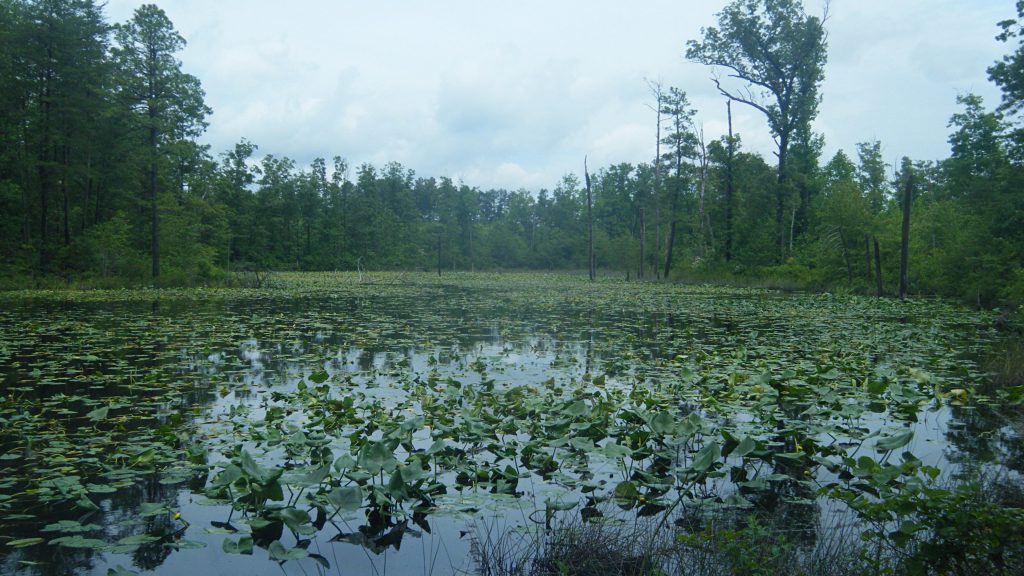
Lakes, ponds and fisheries are a source of great enjoyment when goals are met, but unnecessary mistakes and assumptions have the tendency to disrupt weeks, months and even years of enjoyment. Ultimately, misconceptions can have compounding effect that may negatively impact a property owner’s outlook on the waterbody and openness to what could eventually be achieved. In most cases, it costs more money to collect the data required to achieve a goal than it does to make assumptions, but in the long run, the right preparation will provide better odds of success and more quality memories made with friends and family. So, if your goals are too important to leave to chance, take the time to collect the need data and ensure you make the most of the opportunities in front of you.
Build Your Dream Fishery
SOLitude Lake Management is a nationwide environmental firm committed to providing sustainable solutions that improve water quality, enhance beauty, preserve natural resources and reduce our environmental footprint. SOLitude’s team of aquatic resource management professionals specializes in the development and execution of customized lake, pond, wetland and fisheries management programs that include water quality testing and restoration, nutrient remediation, algae and aquatic weed control, installation and maintenance of fountains and aeration systems, bathymetry, mechanical harvesting and hydro-raking, lake vegetation studies, biological assessments, habitat evaluations, and invasive species management. Services and educational resources are available to clients nationwide, including homeowners associations, multi-family and apartment communities, golf courses, commercial developments, ranches, private landowners, reservoirs, recreational and public lakes, municipalities, drinking water authorities, parks, and state and federal agencies. SOLitude Lake Management is a proud member of the Rentokil Steritech family of companies in North America.









